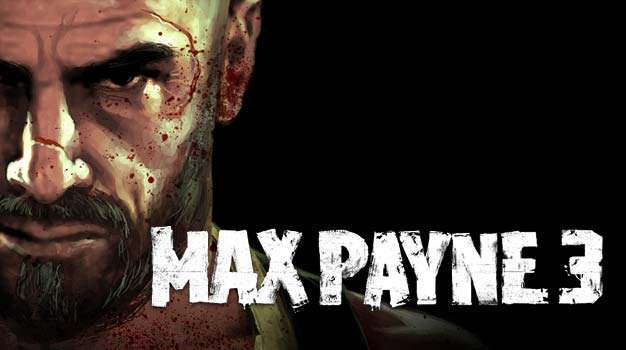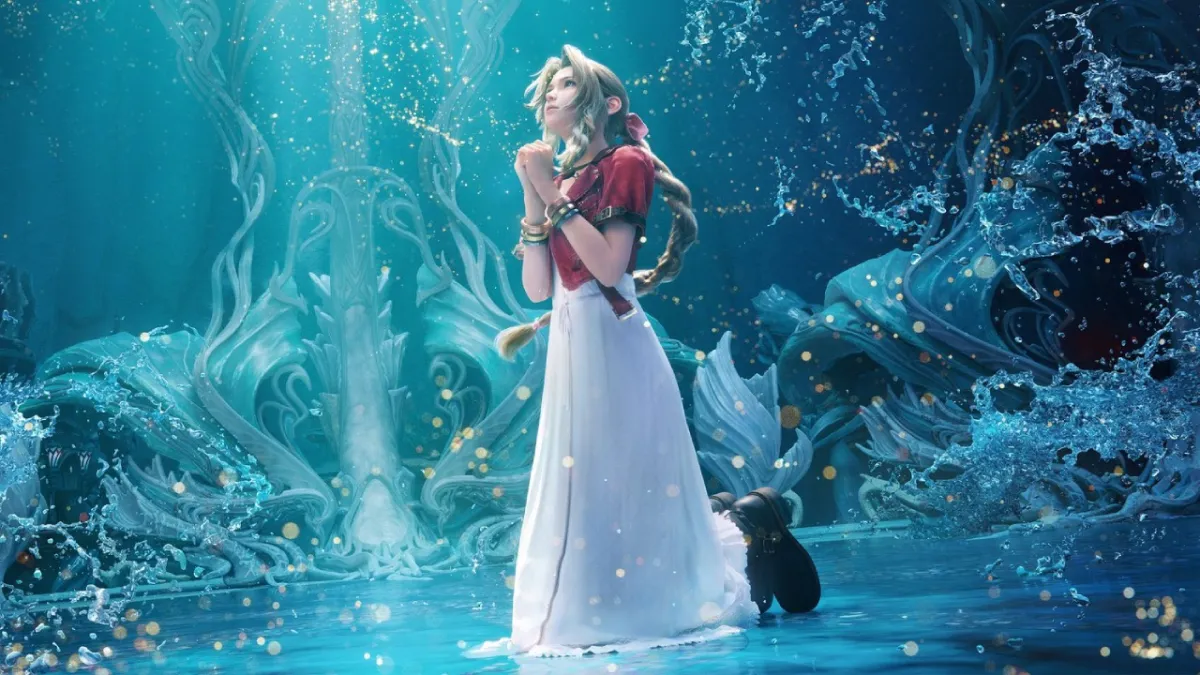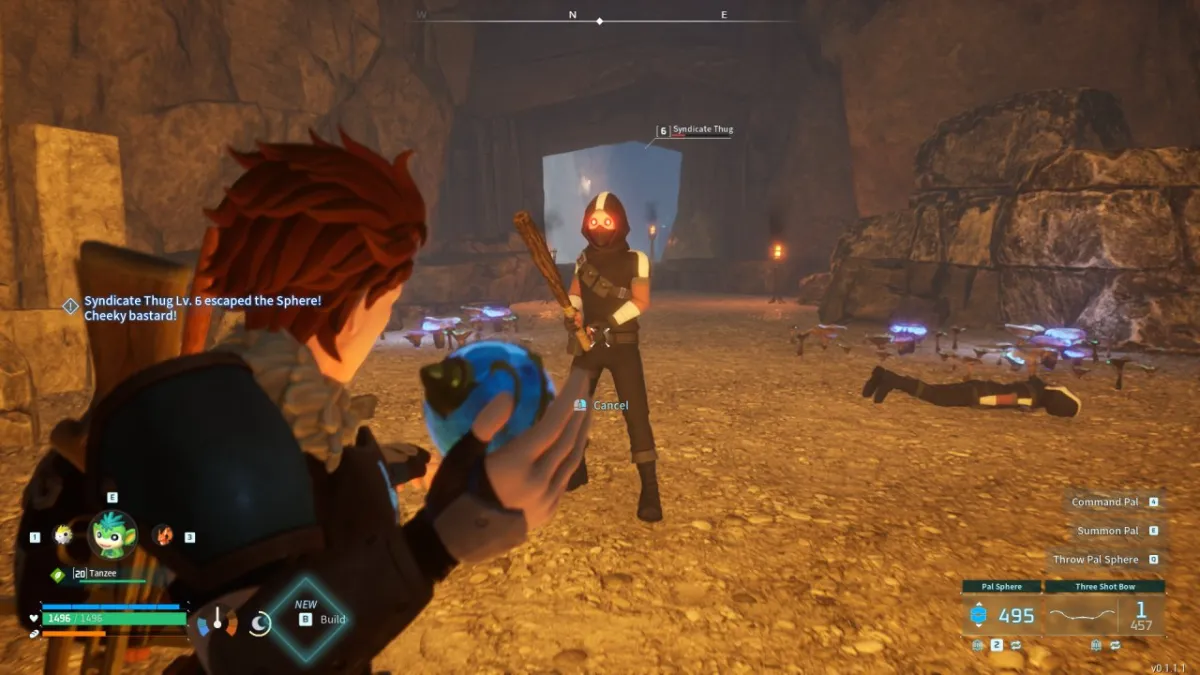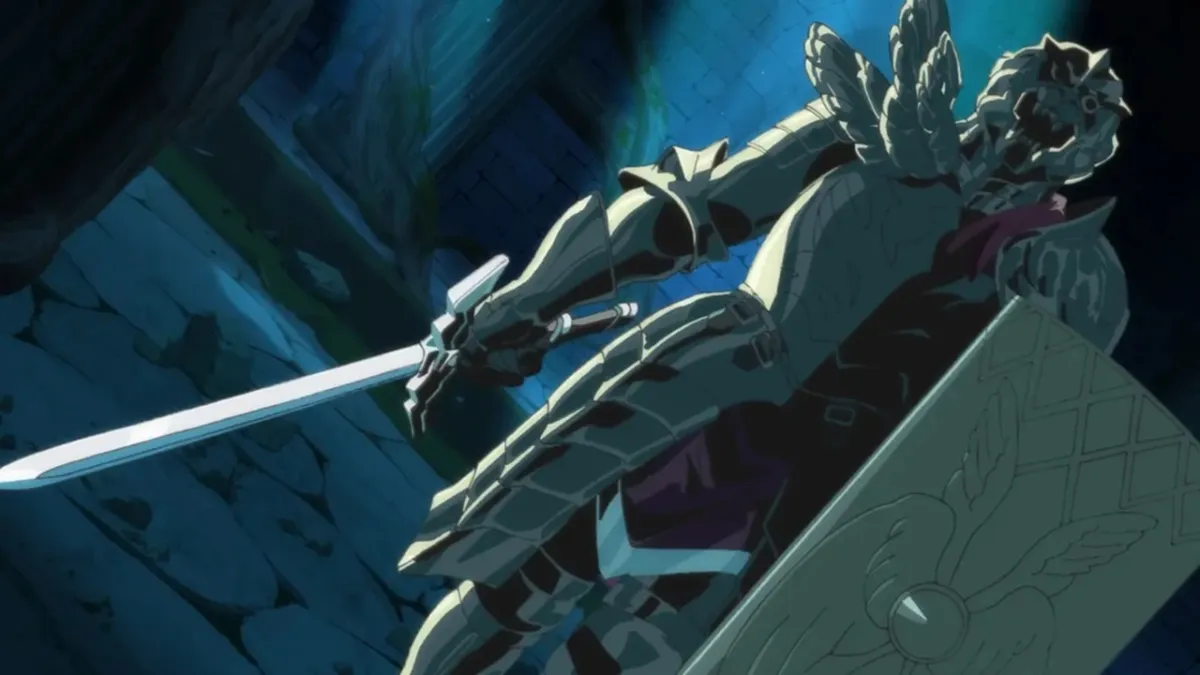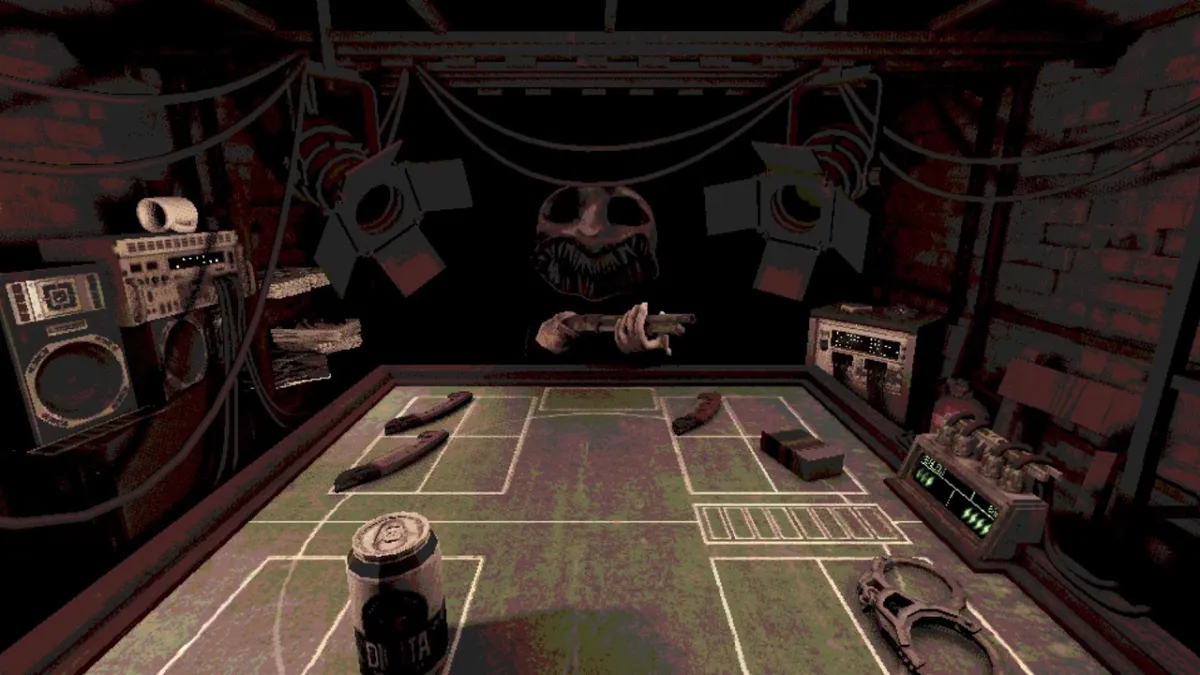It has been quite some time since Max Payne saw its original release from Remedy back in 2003. Being that the case, Max Payne has a unique problem is addressing how it will stay true to the roots of the franchise, while also offering the modern trappings that many come to expect from current offerings. Max Payne 3 has only just recently been revealed to the world, but fans are already questioning the major differences of the earlier games and this one.
Jeronimo Barrera of Rockstar recently sat down to iterate the direction of the franchise in Max Payne 3.
“We wanted to make a game that would please fans of the originals and be accessible to newcomers. As the games are so old now, plenty of people who would like Max were simply not gaming back in 2003 (and, yes, we are depressed by how old we are getting!). There are, of course, plenty of great shooters out there, but the game’s combination of urban and criminal setting, the cinematic third-person action that is at the heart of the game, and the really amazing character that is Max are still a pretty unique proposition,” Barrera told Gamespot.
The game is very true to the original games in terms of gameplay, aesthetics, and visual and narrative themes, although [it’s] updated to take advantage of the past nine years of game development. For us, noir is not about a place (and if it were, that place would surely be Los Angeles, not New York) but about a particular visual style and a kind of story and characterization telling that has a certain hard-boiled cynicism, plenty of twists, and a sense of decay and depravity. Yes, it has moved from a wet or snowy corrupt vision of New York to a sometimes wet and equally corrupt vision of a booming modern-day Brazil, but I don’t think they are otherwise that different.”


